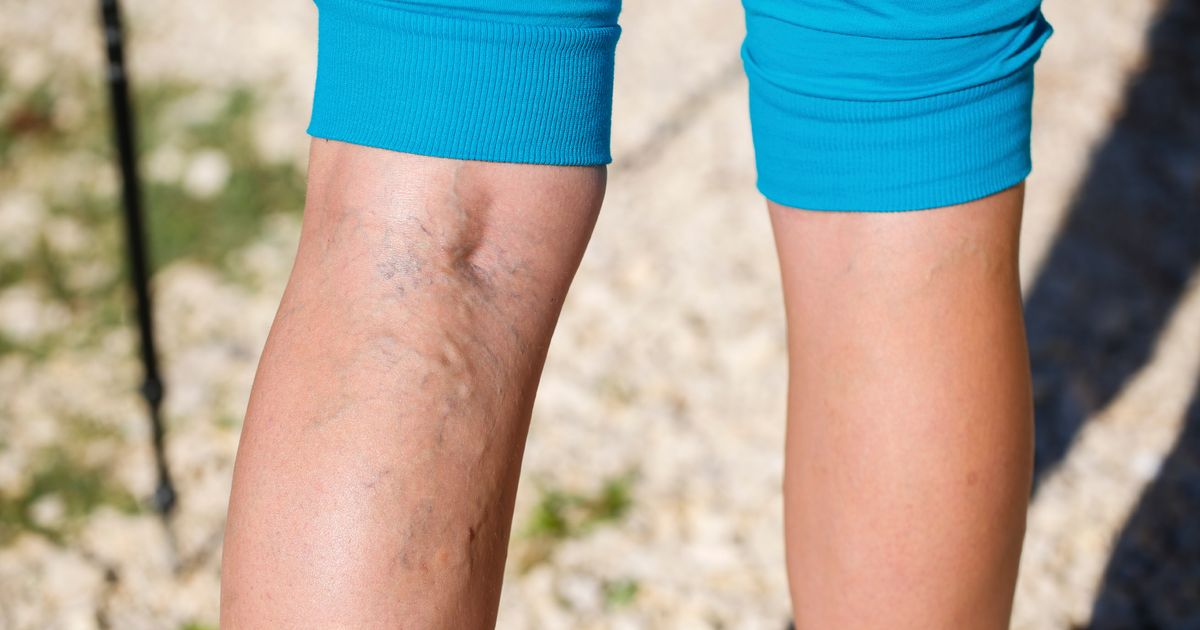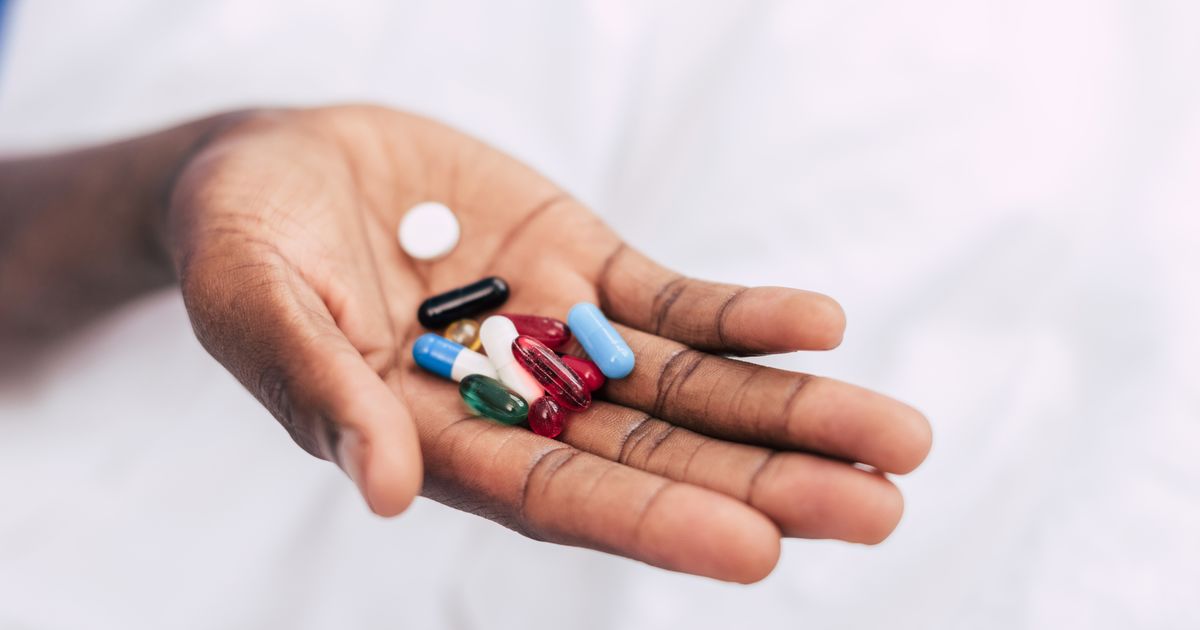How To Treat Venous Insufficiency
Medication For Infections And Blood Clots
Severe cases of venous insufficiency can put individuals at risk for lower limb infections and blood clots. The elevated pressure placed on distal tissues by persistent swelling can cause skin and underlying membranes to develop sores and ulcers, which can lead to infections. The backflow and pooling of blood in damaged leg veins, especially below the knee, promotes the formation of deep vein thrombosis, a large blood clot in the vein. Both situations are medical emergencies, and individuals will need to be prescribed medication for infections and blood clots.
Antibiotics may be prescribed to treat ulcerative infections. If a patient develops deep vein thrombosis and venous insufficiency, their doctor will prescribe an oral anticoagulant, both to help break down the current clot and prevent future blood clots from forming. It’s crucial to take these medications exactly as directed.
Get to know more about treating venous insufficiency now.
Sclerotherapy

When back-pressure from venous insufficiency goes unchecked for a long time, it can cause the veins of the lower leg to stretch and balloon, especially closer to the surface of the skin, where there is less tissue pressure to resist the force. These stretched veins are commonly known as varicose veins. They are both cosmetically unpleasant and a source of discomfort for individuals who have them.
Smaller and more superficial varicose veins can be treated with sclerotherapy, a medical procedure in which a chemical fluid or foam is injected into the offending varicosity to destroy it. It works by damaging the blood vessel's inner lining, causing it to scar shut and eventually be broken down and reabsorbed by the body. New, healthy blood vessels form in response as an alternative route for blood to return to the heart and lungs. Though considered safe and effective, this procedure is not entirely without risks; there is a small chance of inflammation or infection, or, rarely, the possibility of a blood clot.
Get the full details on the next method of treating venous insufficiency now.
